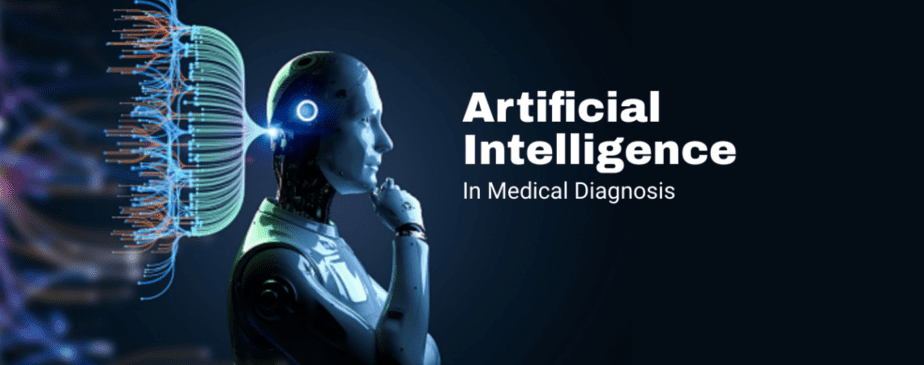Advancements in computer technology have led to the development of software that can assist doctors in decision-making without consulting specialists. This software incorporates various aspects of human intelligence such as logic, decision-making and experiential learning. While the concept of artificial intelligence is not new, recent developments in computer science have led to its recognition as a cutting-edge technology.
What Is Artificial Intelligence?
Artificial intelligence (AI) is a set of technologies that enable computers to perform a variety of advanced functions, including the ability to see, understand and translate spoken and written language, analyze data, make recommendations, and more.
AI has the potential to revolutionise the field of medical diagnosis. By analyzing vast amounts of medical data, AI algorithms can assist doctors in identifying patterns and making more accurate diagnoses.
One of the main applications of AI in medical diagnosis is in the analysis of medical images, such as Computed Tomography (CT) scans and X-rays. AI algorithms can be trained to identify specific features in these images, such as tumours or abnormalities, and can even outperform human radiologists in detecting certain types of cancer.
Another area where AI is being used in medical diagnosis is in the analysis of genetic data. By analyzing a patient’s DNA, AI algorithms can identify genetic markers associated with certain diseases, allowing doctors to make more accurate diagnoses and develop personalized treatment plans.
AI can also be used to analyze Electronic Health Records (EHRs) and other patient data, such as vital signs and lab results, to identify patterns and predict potential health issues. This can help doctors to make more accurate diagnoses and develop early intervention strategies.
Despite the many potential benefits of AI in medical diagnosis, there are also important considerations to keep in mind. A concern is that AI algorithms may perpetuate existing biases in the medical system, such as racial or socioeconomic disparities. One way it can perpetuate the bias is through the “training data” used to develop the AI algorithm. If the training data is not representative of the population that the AI will be used on, the algorithm may perform differently for certain racial groups. For example, if an AI algorithm is trained on a dataset of mostly white patients, it may not perform as well on Black patients because it hasn’t seen as many examples of Black patients in the training data.
Additionally, there is a need for rigorous testing and validation of AI algorithms before they are adopted in clinical practice to ensure their safety and effectiveness.
In conclusion, AI has the potential to significantly improve the accuracy and efficiency of medical diagnosis, but it is important to use it responsibly and with caution. With continued research and development, AI could play a key role in improving patient outcomes and advancing the field of medicine.
External links
https://www.researchgate.net/publication/366086449_Artificial_intelligence_in_Medical_Diagnosis
https://cloud.google.com/learn/what-is-artificial-intelligence
https://drexel.edu/cci/stories/artificial-intelligence-in-medicine-pros-and-cons/
https://www.thelancet.com/journals/landig/article/PIIS2589-7500(20)30160-6/fulltext
https://genomemedicine.biomedcentral.com/articles/10.1186/s13073-019-0689-8







